Carotid Artery Disease: Signs and Symptoms
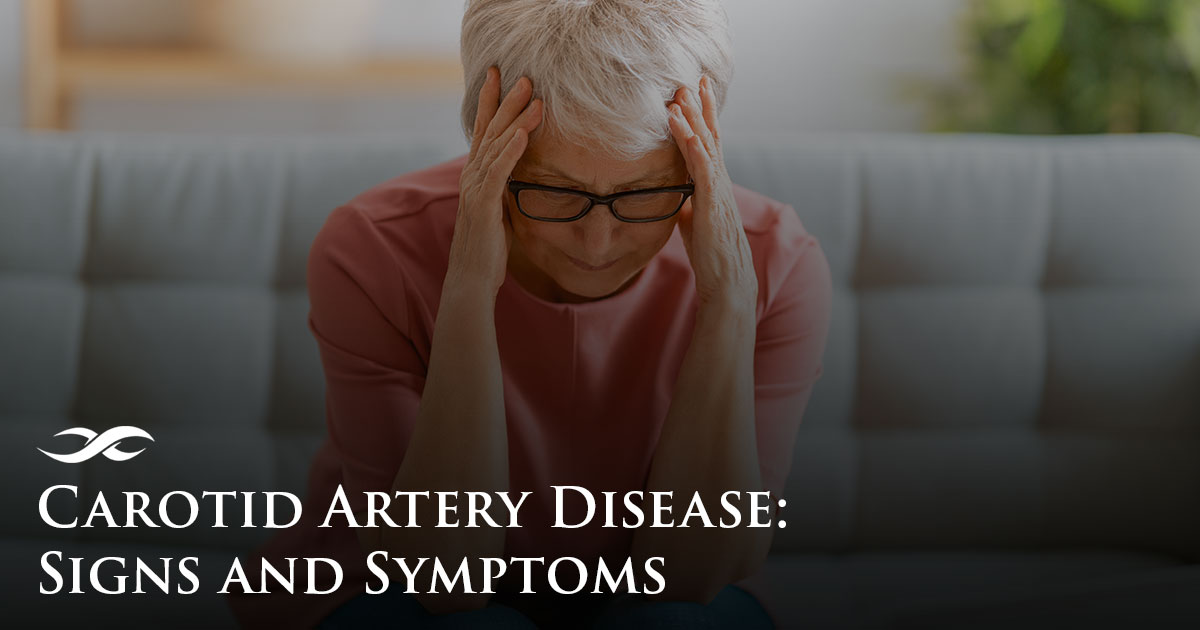
Carotid artery disease is common, with more than 200,000 new cases reported in the US each year. This condition occurs when plaque builds up inside the carotid arteries that supply oxygen-rich blood to the head and neck. This plaque buildup causes the arteries to become stiff and narrow, making it difficult for blood to flow normally.
Read More
Diagnosing Uterine Fibroids
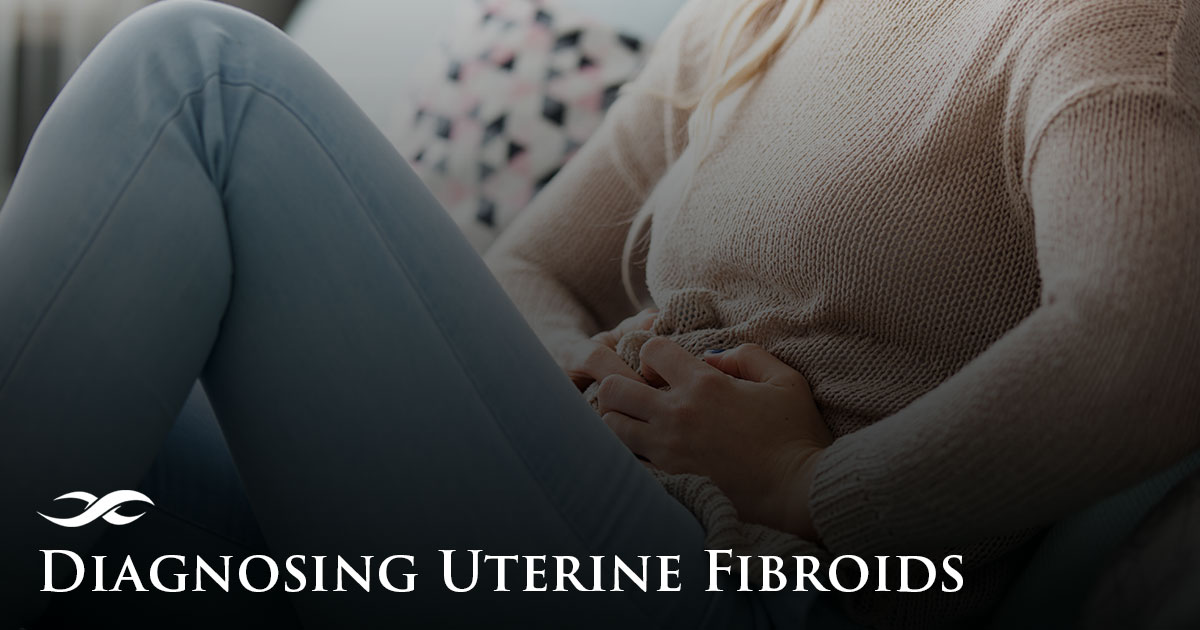
If you have been experiencing symptoms consistent with uterine fibroids, it may be time to see a doctor. The physicians at Vascular & Vein Institute of Siouxland specialize in diagnosing uterine fibroids and treating them.
Read More
How to Tell if You Have Vascular Leg Pain
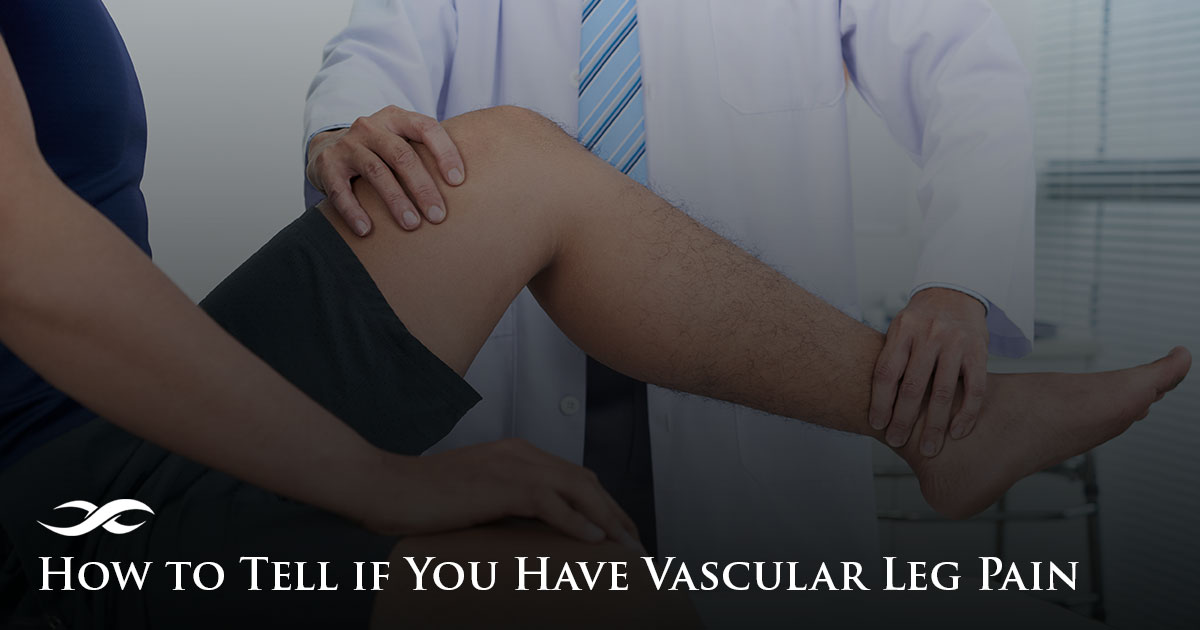
Vascular leg pain is a common symptom of peripheral artery disease (PAD), a condition that affects more than 3 million people in the US each year. PAD occurs when fatty deposits or plaque build up inside the vessels that carry blood to the legs and feet. When severe, it can lead to disability or the loss of foot or leg to amputation.
Read More
Dialysis Access Patients: 10 Common Terms You Should Know
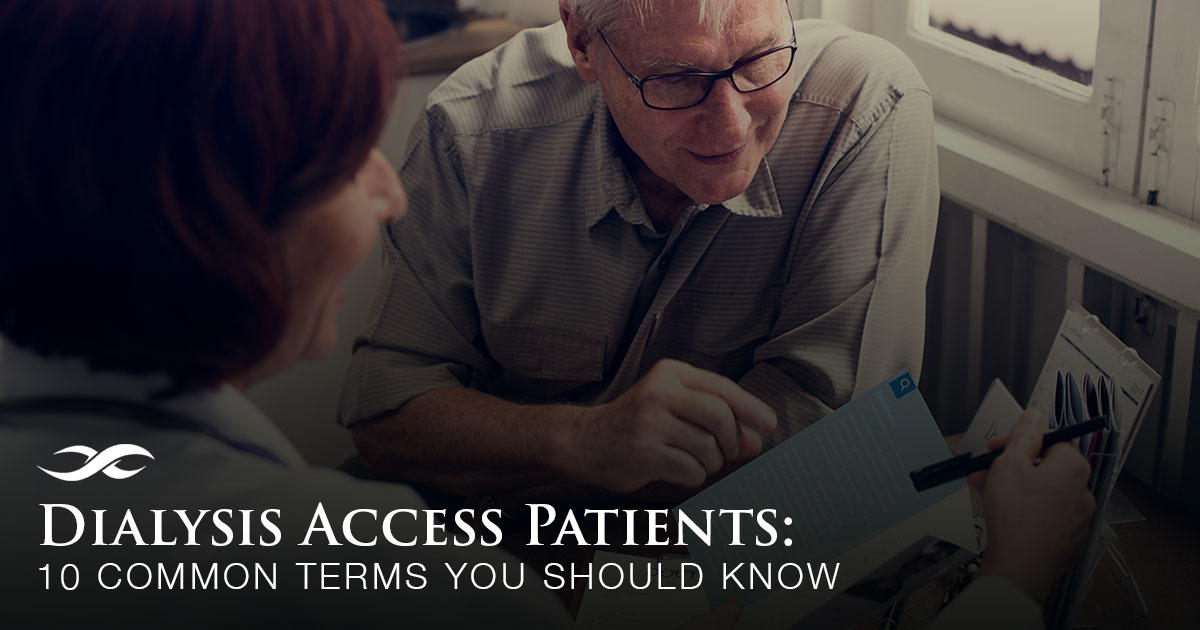
Dialysis is a necessary treatment for patients with kidney failure. It completes the functions healthy kidneys usually perform, including removing waste and regulating the levels of certain chemicals in the blood. According to the Centers for Disease Control and Prevention, “15% of US adults—37 million people—are estimated to have chronic kidney disease.” Of those, as many as 9 in 10 adults don’t know they have it.
The physicians at Vascular & Vein Institute of Siouxland provide a full spectrum of dialysis access care and want to ensure patients are as informed as possible. Keep reading for common terms dialysis patients should know.
Read More
Recommended Lifestyle Changes for Patients With Chronic Venous Disease
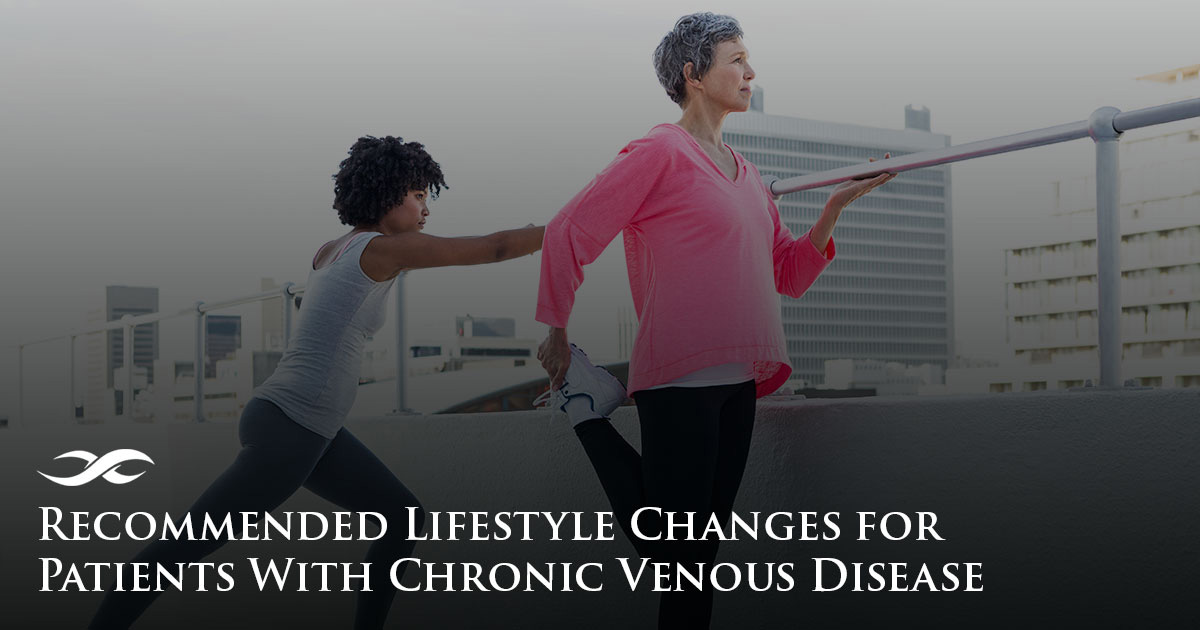
Chronic venous disease is an incredibly common condition. According to the Society for Vascular Surgery, it may affect up to 40% of the US population. This condition occurs when weak or damaged valves in the veins of your legs are unable to efficiently pump the blood to the rest of your body. While for many people varicose veins are primarily a cosmetic concern, for other more severe cases varicose veins cause discomfort and lead to more serious problems.
Fortunately, mild cases of chronic venous disease can sometimes be managed with lifestyle changes. The physicians at Vascular & Vein Institute of Siouxland recommend the following lifestyle changes for patients with chronic venous disease.
Learn the symptoms and actively monitor them
One of the first signs of chronic venous disease is varicose veins. Common symptoms of varicose veins include the following:
- Enlarged, dark purple or blue veins
- Swelling
- Aching pain or heaviness in one or both legs
- Itching near affected veins
- Muscle cramps
If you begin to exhibit symptoms, it’s important to closely monitor them to provide your physician with as much information as possible. The physicians at Vascular & Vein Institute of Siouxland recommend writing down symptom information in a notebook.
Have annual checkups with your primary care physician
Annual checkups and screenings with your primary care physician are integral to your overall health. These visits can help to identify health issues before they progress into bigger problems. Annual checkups are also a great time to get your health questions answered.
Maintain a healthy weight
As mentioned above, varicose veins are the result of weak or damaged valves in the veins of your legs. These valves allow the blood to flow backward and pool in the veins, causing them to enlarge and twist. Being overweight or obese can increase the amount of pressure on your veins, causing more blood to pool and worsen symptoms. While losing weight cannot reverse the damage already done, it can slow the progression of symptoms.
The physicians at Vascular & Vein Institute of Siouxland recommend working with your primary care physician to develop a safe and effective weight loss plan.
You Might Also Like: Treating Varicose Veins with Radiofrequency Ablation
Exercise regularly
Regular exercise helps improve blood flow throughout the entire body, including the legs. Engaging in regular exercise can help slow the progression of varicose veins and may help to relieve pain.
According to the Physical Activity Guidelines for Americans, “Adults gain most of these health benefits when they do the equivalent of 150 to 300 minutes (2 hours and 30 minutes to 5 hours) of moderate-intensity aerobic physical activity each week.” Examples of moderate-intensity aerobic physical activity include the following:
- Brisk walking (2.5 miles per hour or faster)
- Bicycling (10 miles per hour or slower on level terrain)
- Active forms of yoga
- General work around the house (cleaning, yard work, etc).
The physicians at Vascular & Vein Institute of Siouxland recommend working with your primary care physician to develop a safe exercise plan.
Quit smoking
Smoking can cause damage to the vascular system as a whole. It contributes to the narrowing of blood vessels and restricts circulation, which can lead to further development of varicose veins.
Wear compression garments
Compression garments are designed to place mild pressure on the legs to help encourage blood to flow upward instead of pooling in the legs. Compression garments are offered both over-the-counter and by prescription.
Avoid prolonged periods of sitting or standing
Staying seated or standing for a large amount of time places additional stress on leg veins. It is important to incorporate regular movement into your daily routine.
The physicians at Vascular & Vein Institute of Siouxland recommend setting multiple reminders to move throughout the day.
Regularly elevate feet
Making it a habit to regularly elevate your feet above your heart can help encourage blood to flow in the correct direction, improving circulation. Elevating the feet can help slow the progression of varicose veins and help relieve pain and swelling.
You Might Also Like: Treating Varicose Veins with VenaSeal™
Impact of Diabetes on Vascular Health
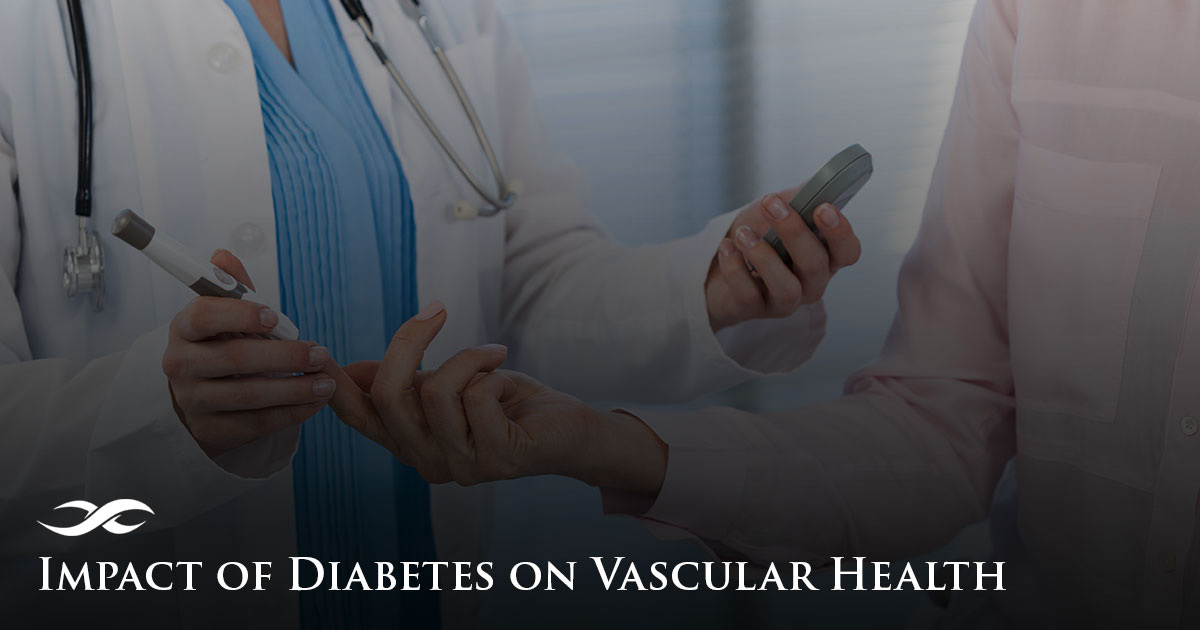
Did you know that November is National Diabetes Month? It’s a great time to have your glucose levels checked and learn more about the effects diabetes can have on your body.
Diabetes is very prevalent in the US. According to the Centers for Disease Control and Prevention (CDC), 34.2 million people in the US have diabetes (10.5% of the population). In addition, 88 million US adults have prediabetes (34.5% of the adult population).
Read More
All About Vascular Disease
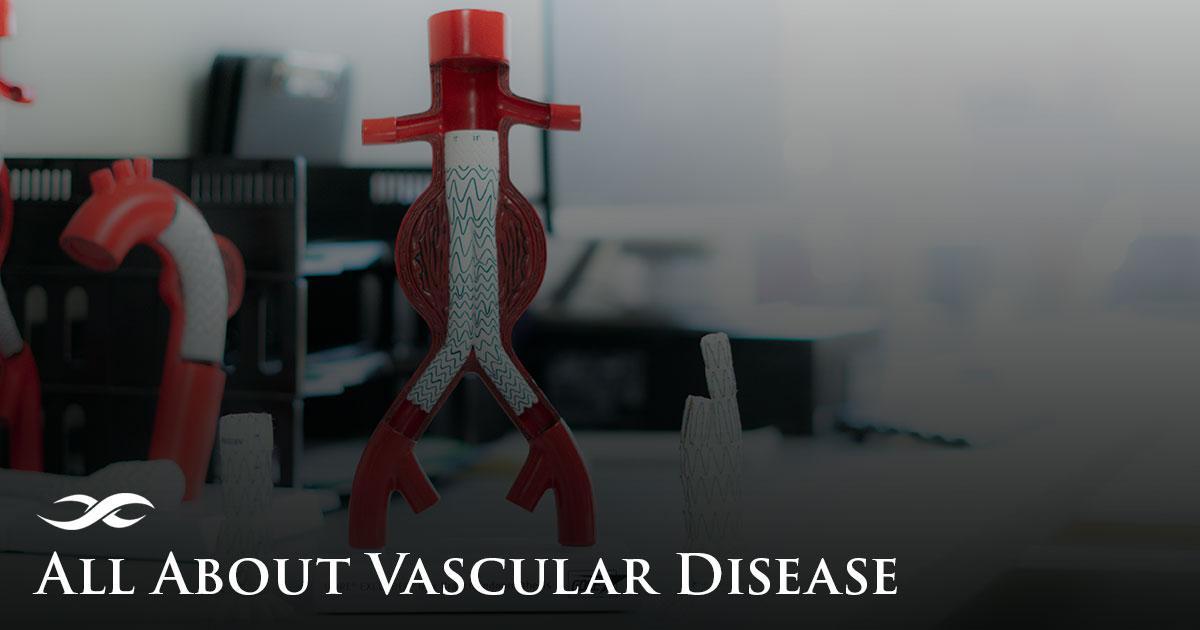
Vascular disease refers to any condition that affects the vascular system. While many Americans are familiar with heart disease, not all realize that similar blockages can occur in other areas of the body. Keep reading to learn more about the three most common types of vascular disease the physicians at Vascular & Vein Institute of Siouxland treat.
Read More
Peripheral Artery Disease Treatment with Angioplasty
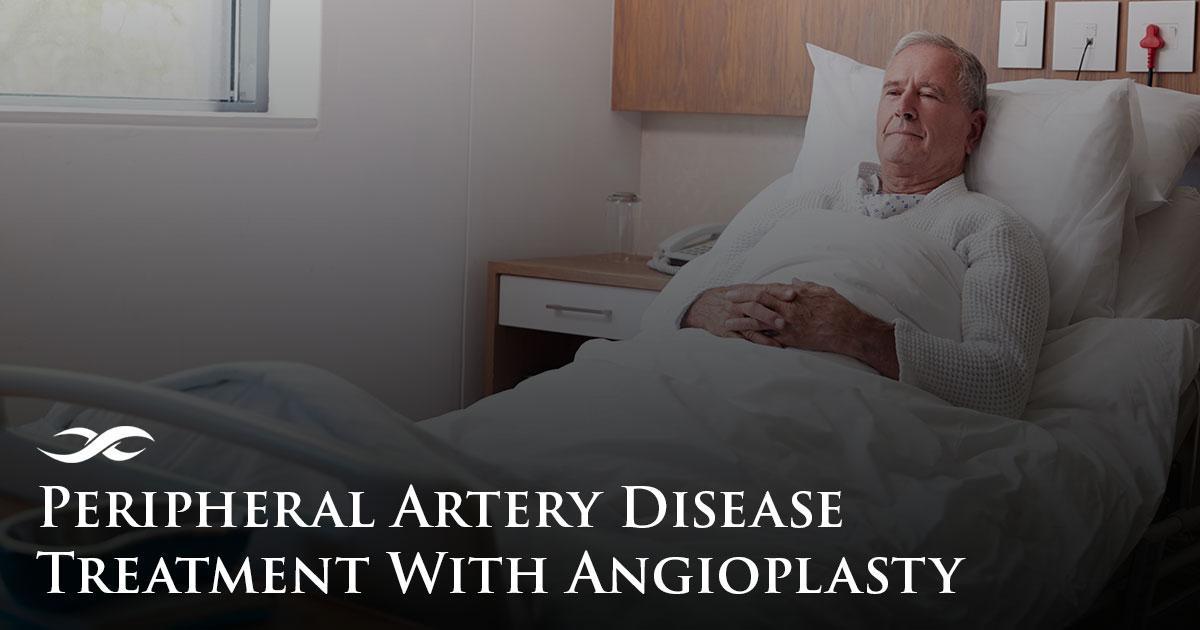
Peripheral artery disease (PAD) is an incredibly common condition. According to the American Heart Association, peripheral artery disease affects over 8.5 million Americans.
Fortunately, when it comes to peripheral artery disease treatment, mild cases can sometimes be treated with lifestyle changes and/or medication. Lifestyle changes that can be used to treat PAD include quitting smoking, eating healthier, and/or exercising regularly. Most medication management is aimed at mitigating risk factors by lowering blood pressure, reducing cholesterol, and/or managing diabetes.
Read More
Uterine Fibroids: Signs and Symptoms
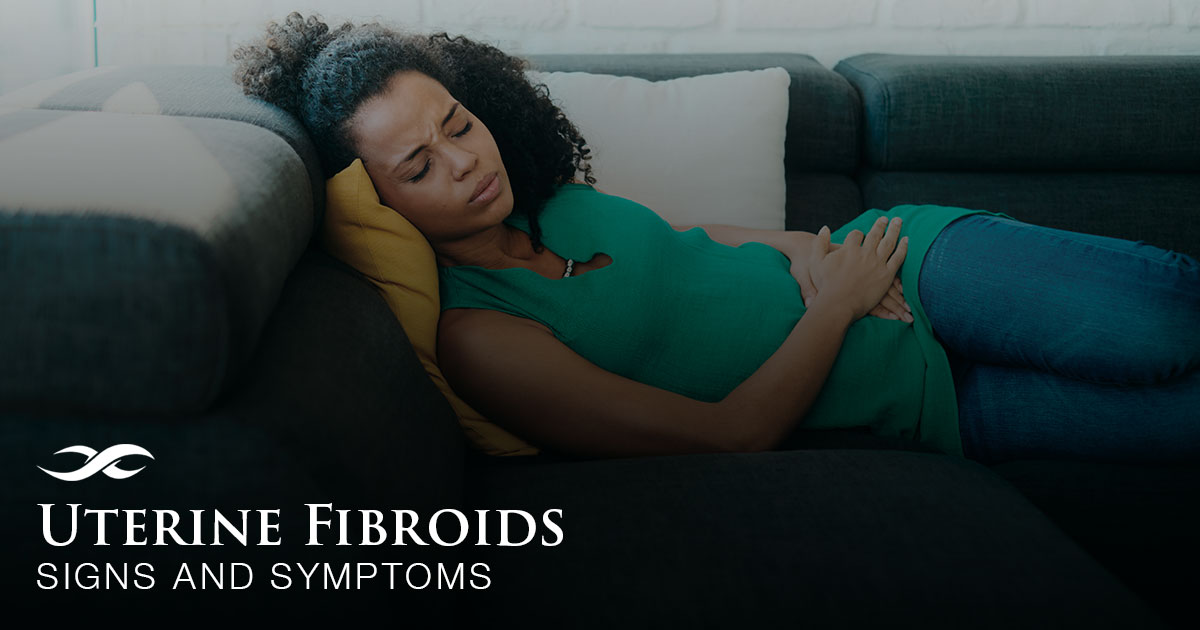
Uterine fibroids are common, with more than 200,000 new cases in the US each year. These noncancerous growths occur in the muscle cells of the uterus, don’t spread to other areas of the body, typically aren’t dangerous, and often appear during childbearing years.
While in many cases uterine fibroids don’t require treatment, it is still important to be aware of the signs and symptoms. The symptoms experienced can be affected by the location, size, and number of fibroids.
Read More
Impact of High Cholesterol on Vascular Health
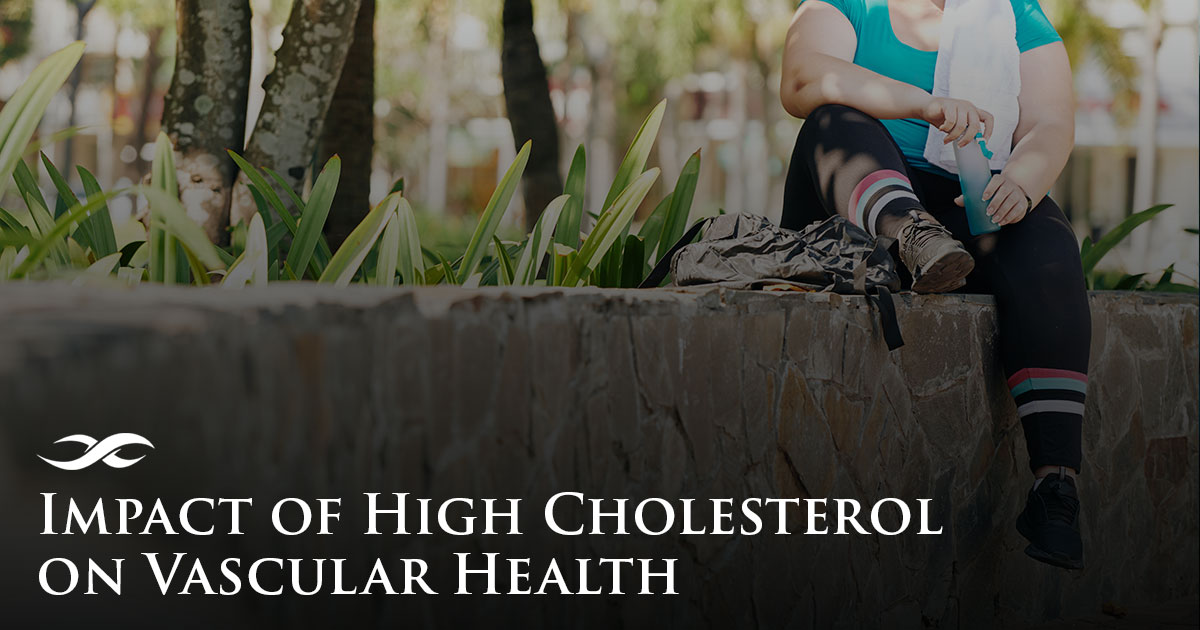
Did you know that September is National Cholesterol Education Month? It’s a great time to have your cholesterol levels checked and learn more about the effects high cholesterol can have on your body.
According to the Centers for Disease Control and Prevention (CDC), “More than 102 million American Adults (20 years or older) have total cholesterol levels at or above 200 mg/dL, which is above healthy levels. More than 35 million of these people have levels of 240 mg/dL or higher, which puts them at high risk for heart disease.”
Read More
Some of the links on this page will take you away from
this site to another website, which may be a non-WCAG compliant website. SCA may not control the
content or links of non-SCA websites.










